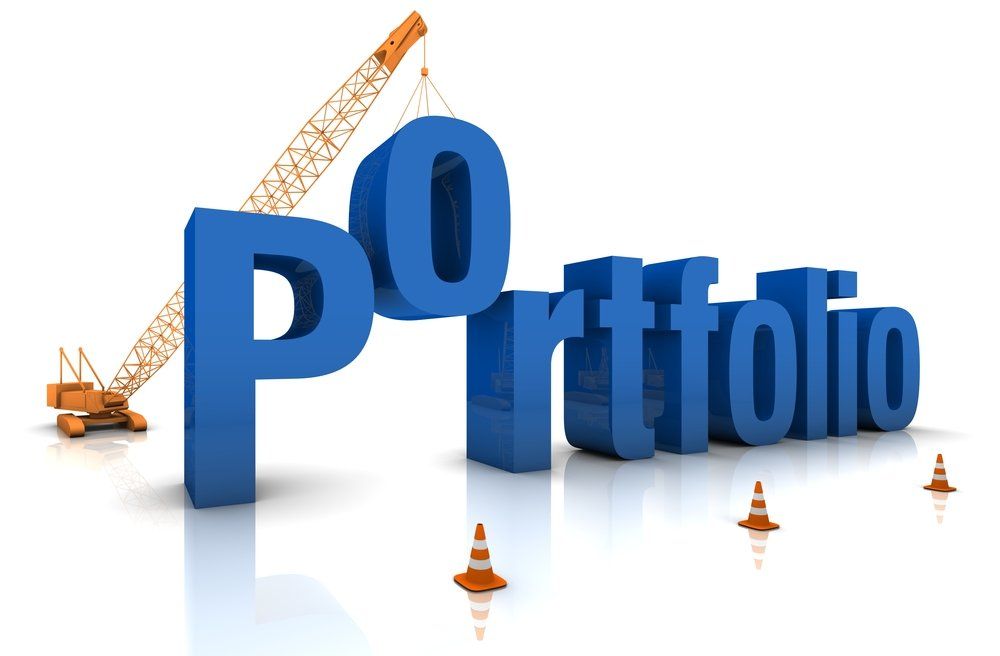Frontier Market
A Frontier Market is generally considered a subset of the Emerging Markets criteria and is best described as being in the very early stages of economic development where all the elements as described in GCM are in their raw or formative stage of development. The benefit of investing in a Frontier Capital Market is its potential returns as it broadens and expands its GCM criteria and presence. Currently, there are over 50 countries that are considered Frontier capital markets from parts of Eastern Europe, parts of the Middle East, Central Asia, and most of Africa.
Emerging Market
Emerging Markets are capital markets that are on the cusp of being recognized as a Developed Capital Markets providing more of the following elements i.e. market size, liquidity, rule of law and regulatory oversight, and openness to global financing and trading. Currently, there are over 40 countries that are considered Emerging capital markets, covering South America, parts of Eastern Europe, parts of the Middle East, parts of Africa, most of Asia and the Indian sub-continent, Russia, and China.
Developed Market
Developed markets are recognized as mature markets by their well-established market size, liquidity, rule of law, and regulatory oversight, including easy global financing and trading. There are 27 countries that are considered Developed capital markets i.e. parts of Europe and Scandinavia, Oceania, North America, and 2 Asian city-states.
Market Acronyms
In the last decade, there have been a few acronyms created to identify specific Emerging markets i.e. B.R.I.C.S. – Brazil, Russia, India, and China; P.I.I.G.S. – Portugal, Ireland, Italy, Greece, and Spain. A recent acronym for some Frontier Markets has been created - C.I.V.E.T.S. - Colombia, Indonesia, Vietnam, Egypt, Turkey, and South Africa. It should be noted that there is some controversy over the use of these acronyms as a ploy to attract investors. It should be kept in mind that when considering investing in Frontier and Emerging markets to look at what is on offer, other than direct, as most are available through ETFs and mutual funds, providing a level of diversification, and most importantly the mandates under which they operate to provide a clear picture of the outcomes sought.
Investing in Global Capital Markets (GCM)
When considering diversification and potential returns the simple description of the type of GCMs as outlined above provides an indication of potential portfolio volatility, risk of loss, and a higher level of diversification, as compared to just investing in developed markets. This needs to be underpinned by considerations around investment time frames, that is to say, that those markets in a raw or formative stage would likely be invested for a long-time frame of up to 15 years plus. Whilst Emerging markets may be viewed as a 7-to-15-year time frame. With developed markets 5 to 10 years. Of course, returns can be considered relative to risk with Frontier, and then Emerging markets to provide the greatest potential return. Another consideration is the allocation of funds given to each of these capital markets and of course how it reflects the needs and risk profile of the investor.
It should be noted that this article and all articles published by Creative Coach Online are for information purposes only and should not be taken as advice. It is essential to discuss the appropriateness of any Strategy with a licensed / registered professional. For more details, please visit https://www.creativecoachonline.com/disclaimer









